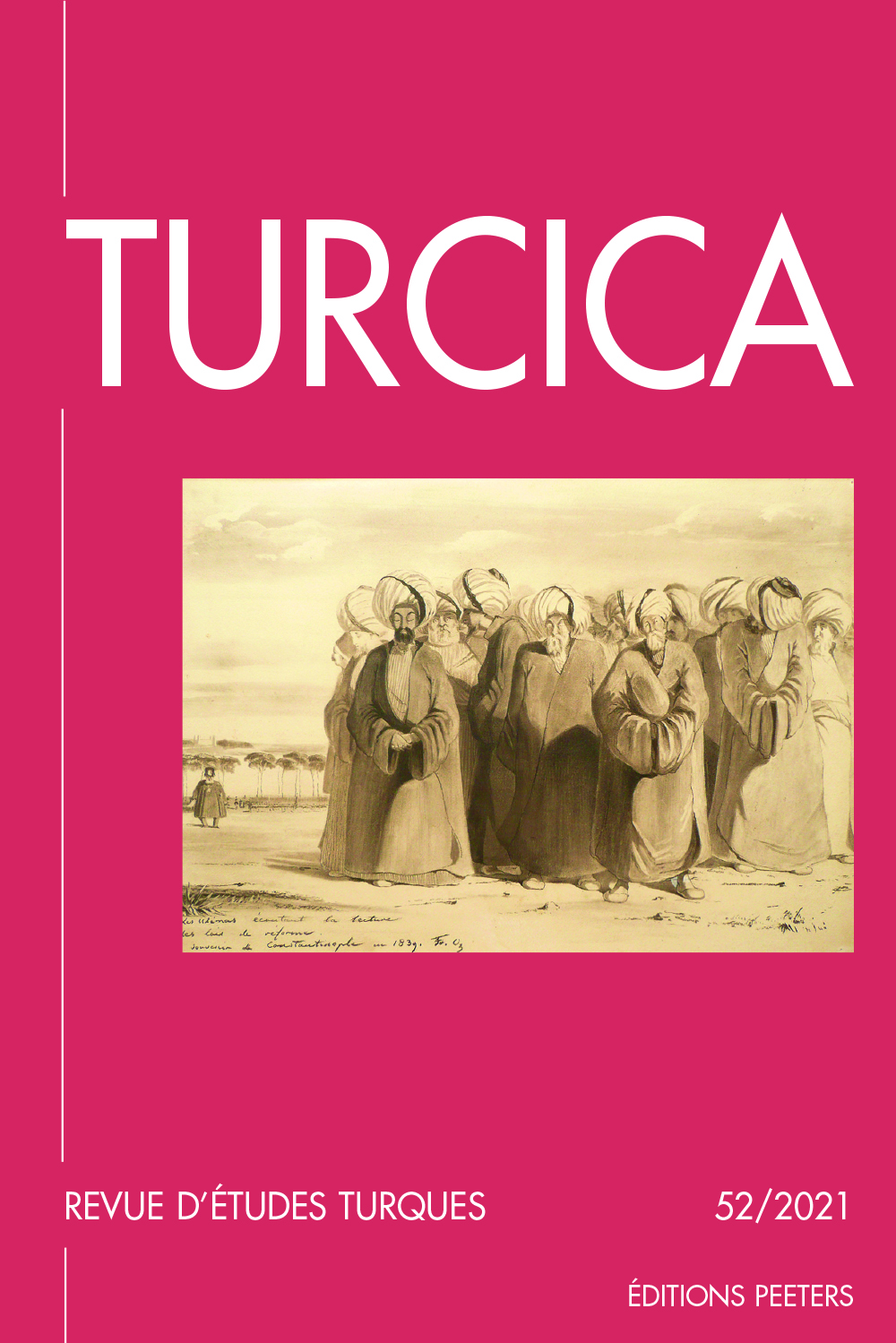 previous article in this issue previous article in this issue | next article in this issue  |

Preview first page |
Document Details : Title: A Sufi Saint as City Founder Subtitle: An Analysis of Makâlât-i Seyyid Hârûn Author(s): BAYRAM, Fatih Journal: Turcica Volume: 40 Date: 2008 Pages: 7-36 DOI: 10.2143/TURC.40.0.2037133 Abstract : In this article, a story of a Sufi shaykh who settled in today’s Seydişehir, a town in the Central Anatolia, in the early fourteenth century, will be analyzed in the light of a hagiographical work written by one of his descendants in the mid-sixteenth century. The hagiographical work entitled the Makâlât-i Seyyid Hârûn presents its hero, i.e. Seyyid Harun (d. 1320), as a founder of a city as a result of divine inspiration during the shaykh’s stay at his homeland, Khorasan. The question of why this hagiographical work was written more than two centuries after the death of Seyyid Harun will be analyzed in the light of other contemporary texts written by other Sufi authors. Since the text was written within the borders of the Province of Karaman of the Ottoman Empire, analogies will be drawn with other shaykhs who came from the Central Asia and settled within the Karamanoğlu principality. Dans cet article, l’histoire d’un saint soufi qui vécut à Seydişehir, une ville dans le centre de l’Anatolie au début du XIVe siècle, sera analysée à la lumière d’un travail hagiographique écrit par l’un de ses descendants, au milieu du XVIe siècle. Ce travail, Makâlât-i Seyyid Hârûn, présente son héros, Seyyid Harun (mort en 1320) comme le fondateur d’une ville résultant d’une inspiration divine pendant le séjour du cheikh dans son pays natal, le Khorasan. La question de savoir pourquoi ce travail hagiographique a été écrit plus de deux siècles après la mort de Seyyid Harun sera analysée à la lumière de textes contemporains écrits par d’autres auteurs soufis. Puisque le texte fut écrit à l’intérieur des frontières de la province de Karaman, dans l’Empire ottoman, des comparaisons seront faites avec d’autres cheikhs venus d’Asie centrale et installés à l’intérieur de cette même principauté. |
 |


